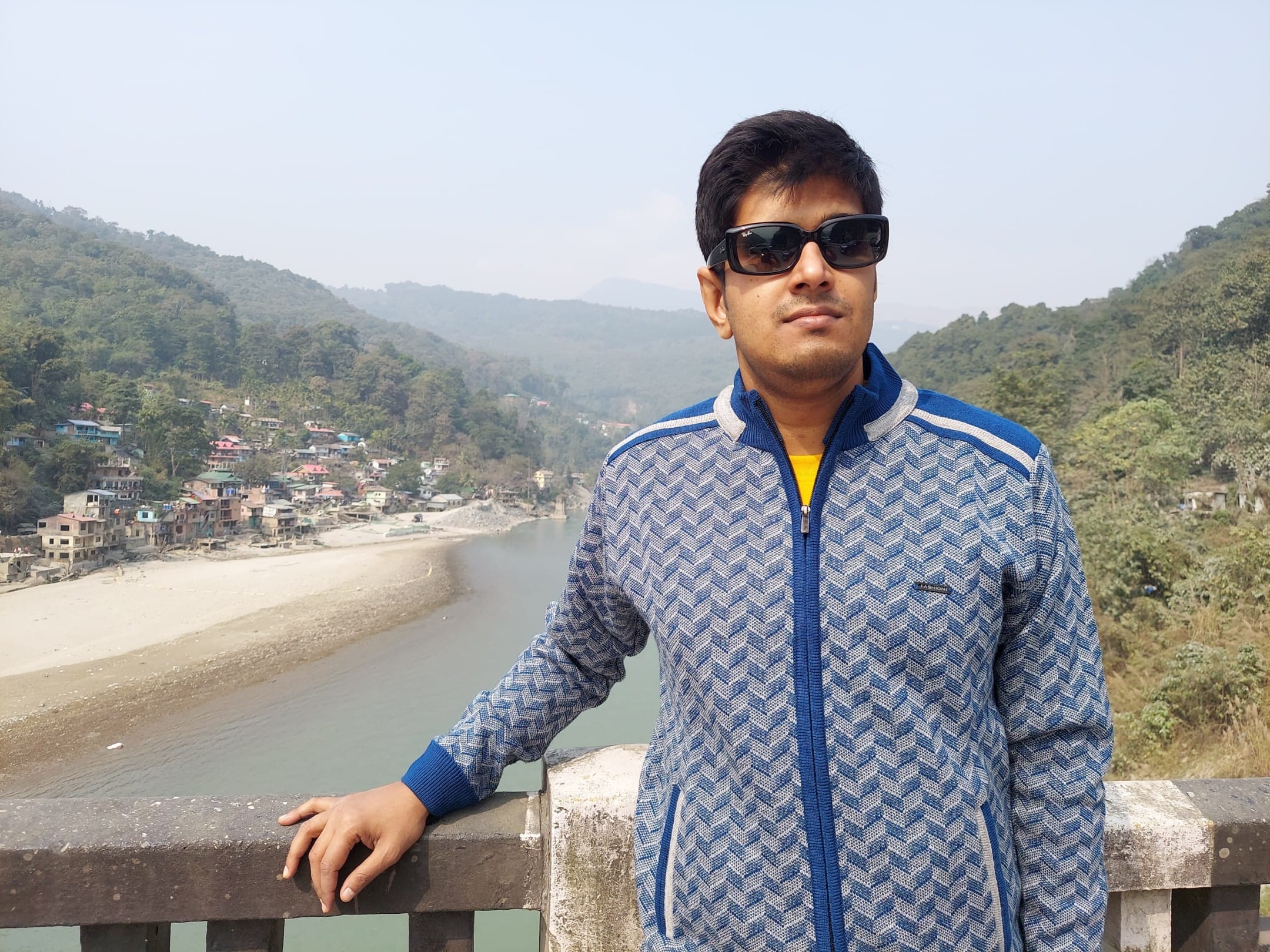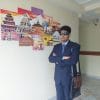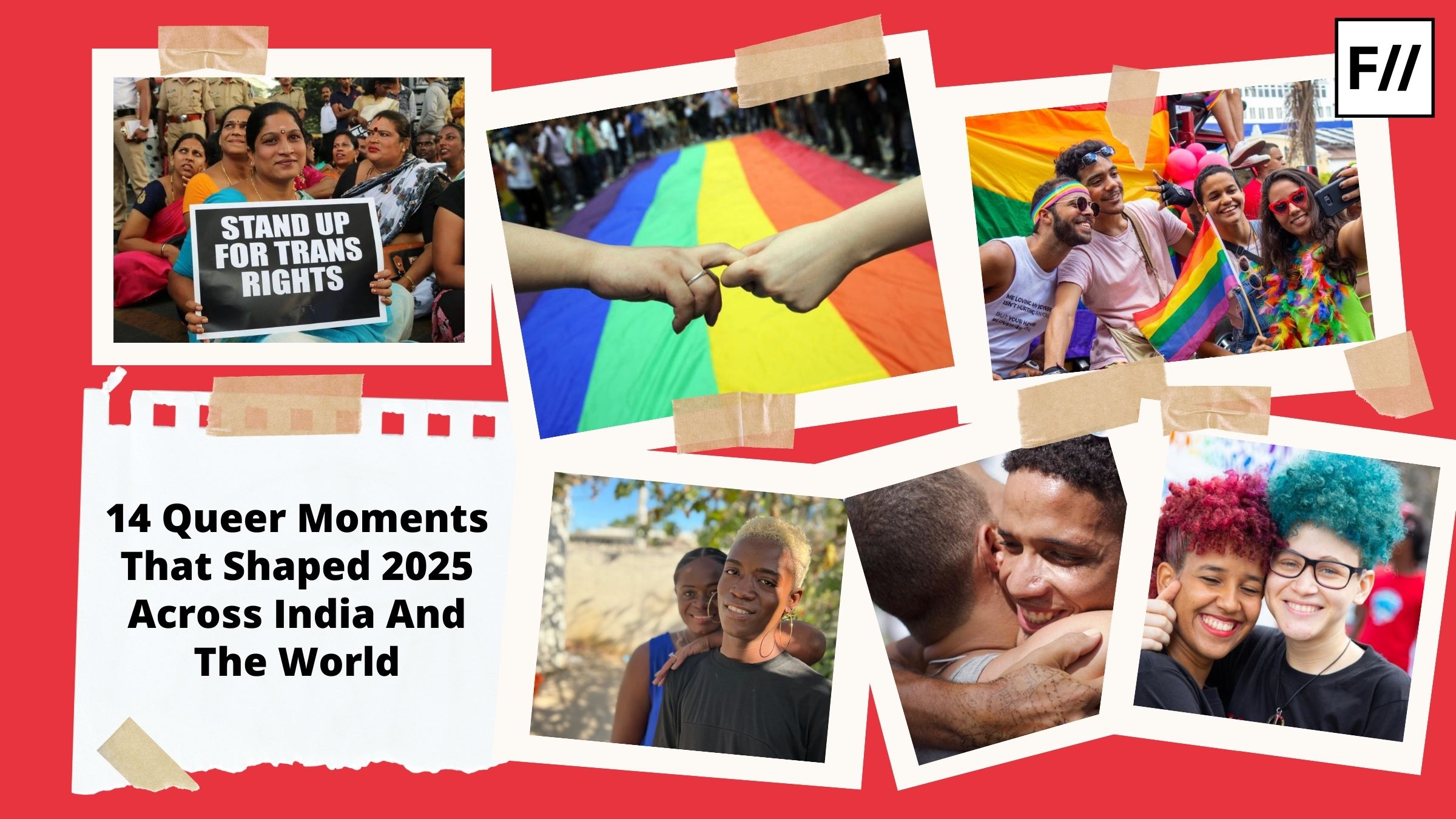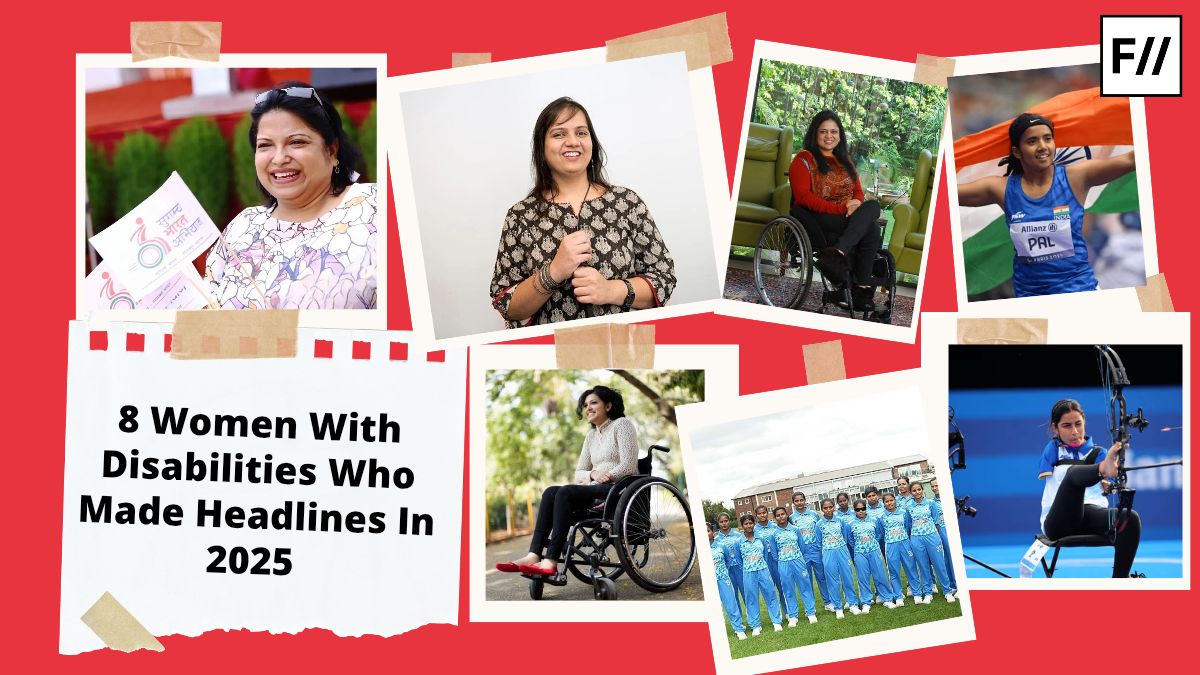Lately, I’ve found out that my cousins, during the Puja (the festive season of West Bengal), meet up, but they never invite me. This has been going on for the last few years. When I tried to find out more about these gatherings, and particularly why I am left out, I got to know that they booze and smoke in these parties; talk about dates, hookups, and, perhaps most importantly, all of them come “straight” and “partnered.” Of course, how can a disabled queer individual be invited to such a gala gathering! Disability, as they perceive it, is all about tragedy, lack, sadness, serious medical discussions, therapies, new scientific inventions that would cure/fix the problem, and, well, also about a lot of motivation, willpower, inspiration, and “Josh Talks.”
A gay deafblind person (the combination in itself is anyway quite “preposterous” to the ableist world) is going to be in the middle of a conversation where “adults” are smoking, drinking, and talking about sex—this is perhaps beyond imagination!
Uninvited and unseen: the intimate politics of exclusion
Despite this clear sense of exclusion, the dynamics of relationship and discrimination are rarely black and white. Indeed, it is one of these very cousins who, when I was preparing for my first-year undergraduate exams and frantically trying to get a suitable amanuensis who would match all the criteria laid out by the university, came to my rescue. He introduced me to a friend of his who assisted me in the exams. This perhaps highlights the fact that ostracisation and micro-aggression often happen in an extremely subtle and nuanced manner; at times they are so subtle that it is difficult even to call them out.
Stereotypes and silences: the misrepresentation of queer disabled Lives
Media, popular culture, digital platforms, education system—disability is visible everywhere in India. I know that this claim of mine may sound counterintuitive, for invisibilisation of disability and disabled persons is something that we, activists, are constantly fighting against. But here let me get it “straight”: precisely what we strive for is an authentic record and representation of the voices of people with disabilities; the plethora of misrepresentation and the soft imposition of the ableist, neurotypical voices are ubiquitous. The mainstream films, bestseller novels, viral reels, YouTube videos where disability (often the visible ones, for they are more “sellable”) almost always show us as either a “wonder of nature,” “a supercrip,” or as another opportunity/occasion for the able-bodied protagonist to exhibit their magnanimity. Of course, there are a few disabled villains as well.
Can you think of any mainstream film or novel where the intersection of sexuality and disability is dealt with sensitivity? Before you say ‘Yes, Margarita With A Straw,’ let me remind you that it is not a mainstream popular film. Also, in Black or Barfi, we find portrayal of romantic feelings of disabled persons, but they conveniently stay away from exploring the “troubled waters” of sexual pleasure of disabled persons.
Barriers to belonging: inaccessibility in desire, language, and community
Most of the dating apps are inaccessible, particularly to those with visual disability. Let us take the example of Grindr, an app quite popular among queer folks, not just to find casual “hookup” matches, but also to socialise with other people from the community. Grindr is designed in such a way that it is not quite compatible with screen-reading software. What is more, these apps are highly photo-dependent, which makes it difficult and even unsafe for visually disabled persons to navigate them. These inaccessibilities limit the exposure of persons like me to the possibilities of exploring pleasure, relationship, and identity in ways beyond the expectations of the normative structure.
Here it is perhaps necessary to clarify my position in terms of access, thereby rendering it resistant to any kind of convenient, simplistic, reductive, essentialisation. I am a person with multiple disability and queer; but I am also an employed, male-bodied individual with access to urban-based higher education. Due to my significant capital culture/privilege, I have been able to access many discussions (academic or otherwise) on intersectionality, most of which are readily accessible in English.
Here, I would like to bring in the challenges faced by many of my queer disabled friends who are not fluent in English, or do not have a command over the language, and are most comfortable in Bangla. Narratives, discussions, reflections, videos, audio podcasts, etc., on these kinds of intersectional identities are extremely rare in local languages like Bangla. Since these friends of mine are not getting enough exposure to the subject, they are not being able to assert their own position; they do not feel confident enough to “come out” with their intersecting identities. In turn, these voices remain unheard, unrecorded, causing further invisibilisation and marginalisation.
Let me end by talking briefly about my source of support and strength. It is my mother. Well, let me tell you that till date I haven’t ever officially come out to my mother. I never felt the need to do so. I believe she always knew it; I do not know how, but yes, she did. When I was in class 4 or 5, it is she who took me to a dance class to train me in Kathak. By the way, I had partial vision back then, which gradually kept deteriorating. In that class, I was the sole male student. This was around 2000–2001. Although due to my flat foot condition, I could not continue it beyond a few classes, I hold that in its time this was indeed an extremely brave move for a woman from a lower-middle-class background.
This is the same mother who also took me to various temples, astrologers, and, of course, a host of medics to find some solution for my disability; and this simply suggests that our lives, experiences, relationships, feelings—nothing is black and white. It is a spectrum—a spectrum that I celebrate, for without it the world would have been so bland and drab.
This article is part of a joint initiative by Feminism in India and QAble for Queer Disability Pride Month. QAble works at the intersection of queer and disability justice within law and policy, fostering social inclusion through culture and legal inclusion through community-led advocacy. If you’re a QPwD seeking support, QAble is here for you. Pride is for all of us.
About the author(s)
Dr. Ishan Chakraborty (he/him) is Assistant Professor in the Department of English, Jadavpur University. He is a person with Deafblindness,,. His research interests include Critical Disability Studies, Translation Studies, Crip Theory, Language Justice, and 19th-century Bengali and English literature. A recipient of the Abul Kashem Rahimuddin Samman and the State Award for the Empowerment of Persons with Disabilities (2019), he has led projects on audiobooks, marginal pedagogies, and language justice. He currently leads the Crip Lit Cards project, funded by the Global Jadavpur University Alumni Foundation.





